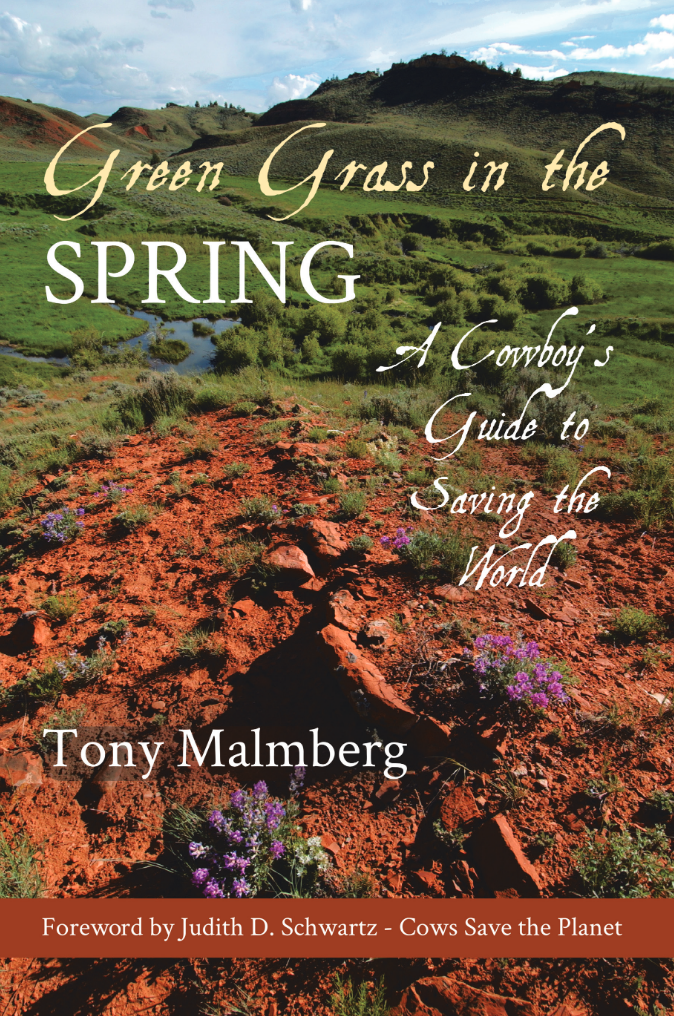
HOLISTIC MANAGEMENT. GUIDE
Empowering Decisions at the Soil Surface
Many of us have engaged in correspondence and discussions about learning the practice of Holistic Management over the years. This blog will take our discussions to another level so we can get more holistic decision-making on the ground, where we find meaningful leverage.
Finding Leverage for Life
Think about it. All life on our planet (as we know it) comes from the ecosystem processes. Improving the function of these processes will make life more resilient. Water begins to absorb, at the soil surface. Plants begin to germinate and grow, at the soil surface. Plants begin to decompose and build soil, at the soil surface. Tools affecting ecosystem function engage at the soil surface. The greatest marginal reaction and leverage point for the improvement of life on our planet lies at the soil surface.
Empowering Decisions at the Soil Surface
This blog will explore how we can better develop markets, policy, investment, knowledge, and skills that will empower those making decisions at the soil surface.
Photo by Hugh Donovan


